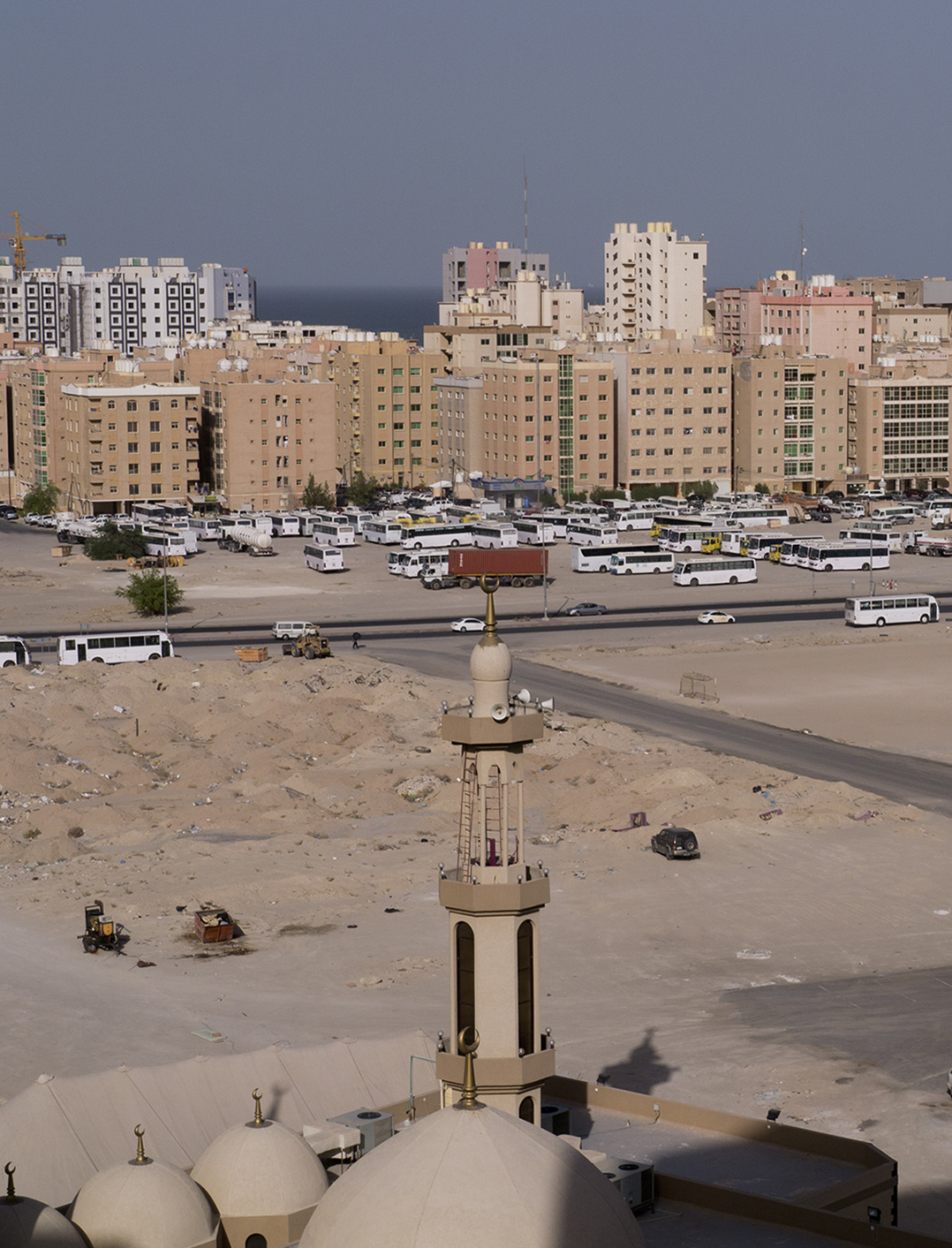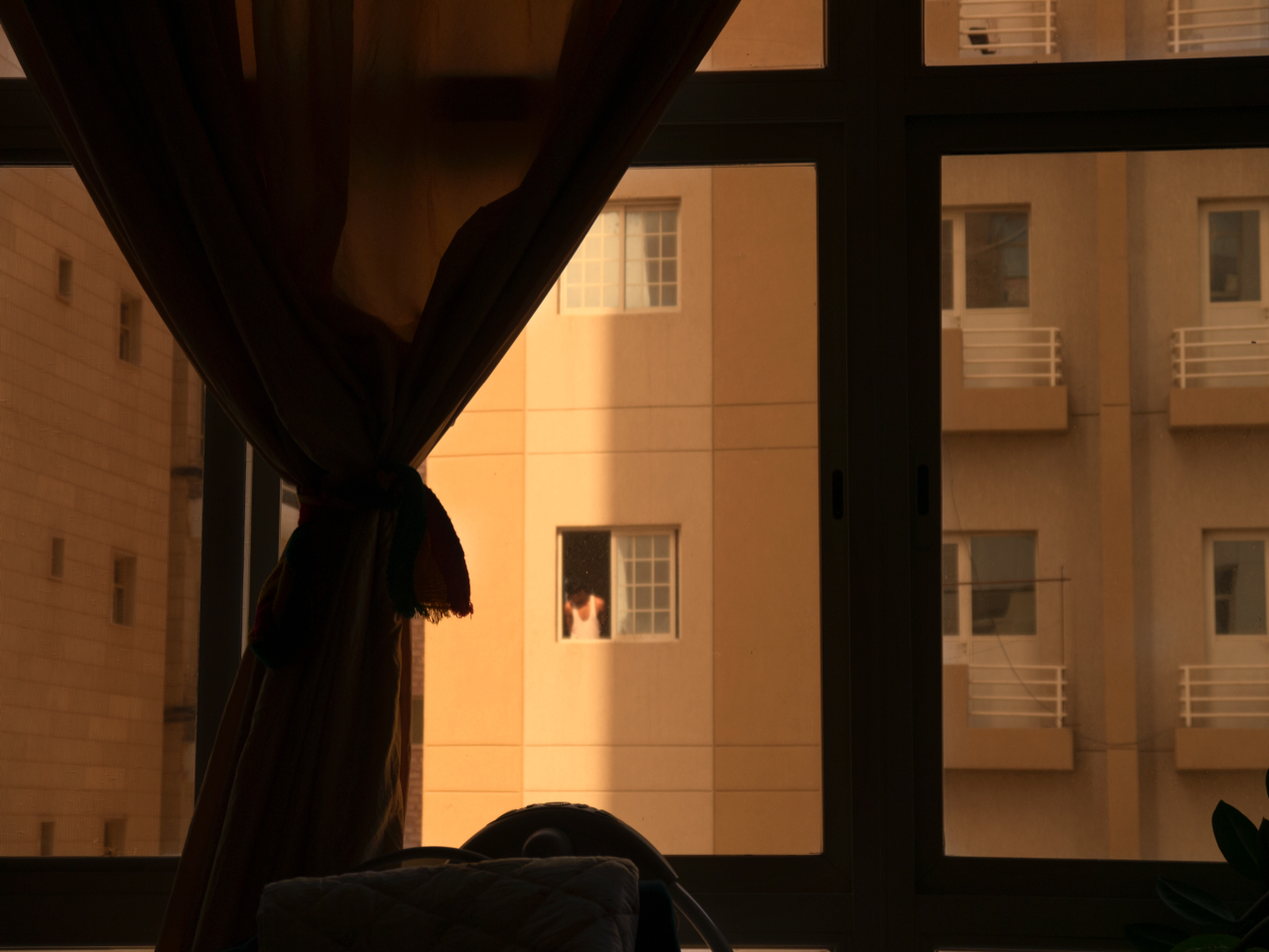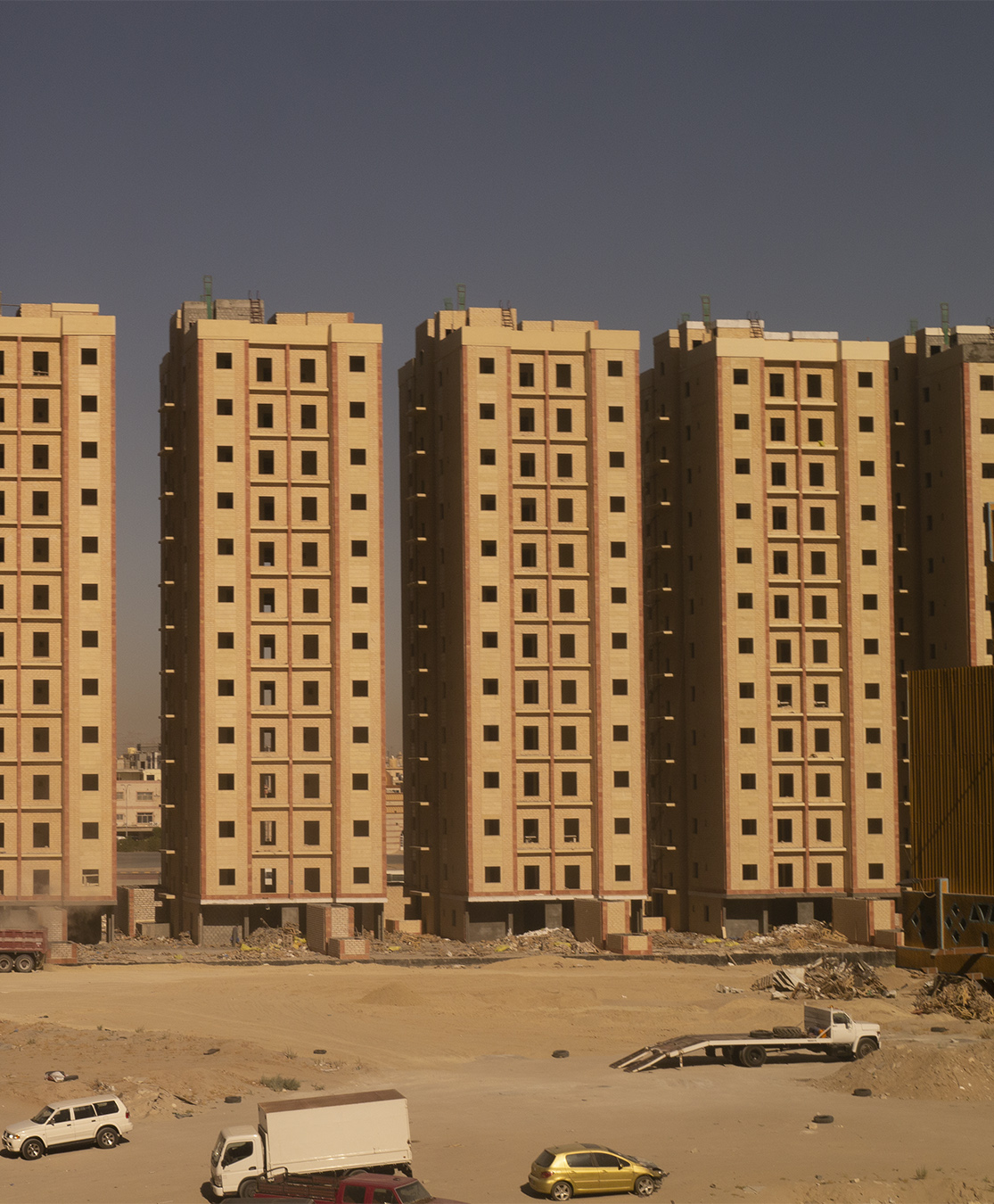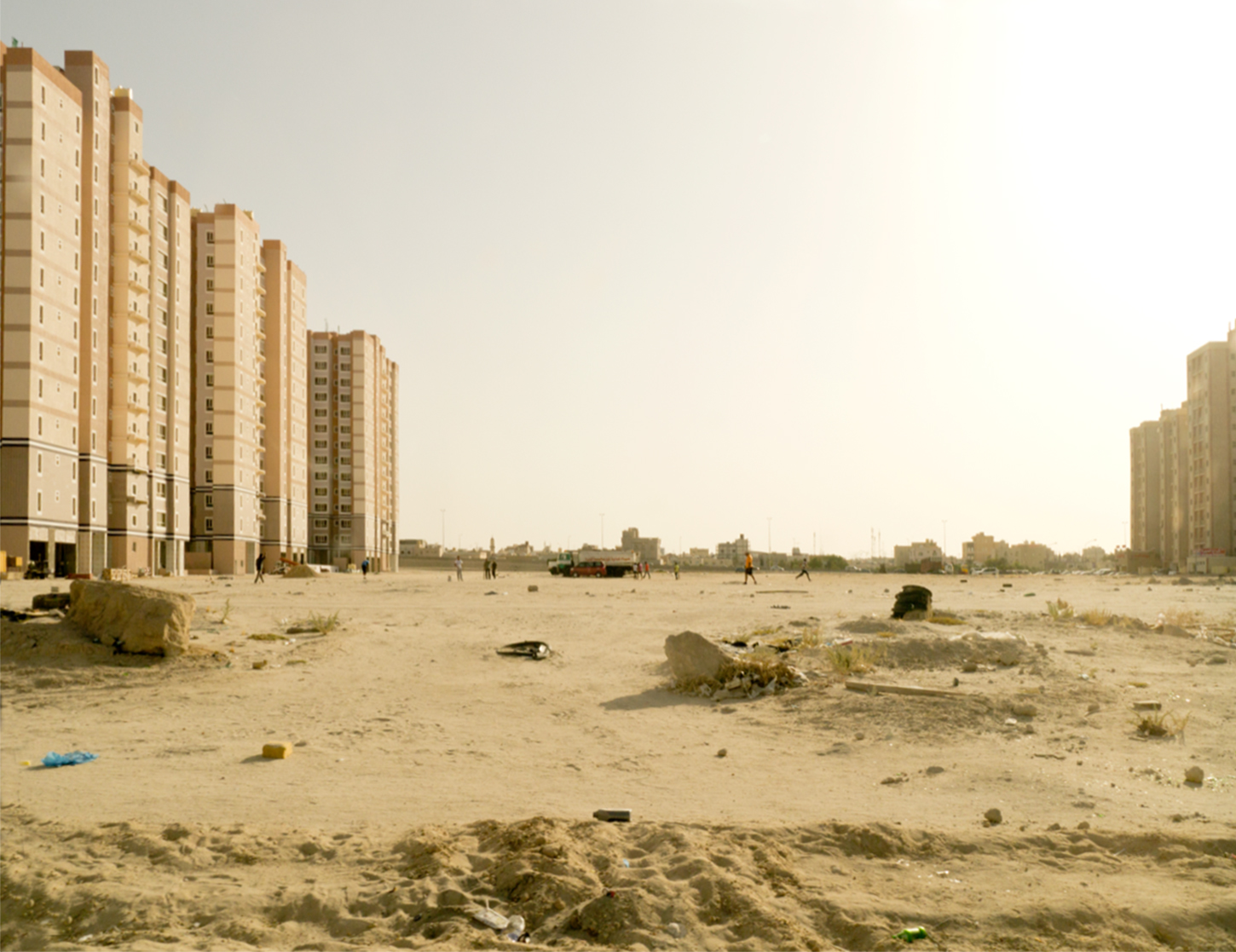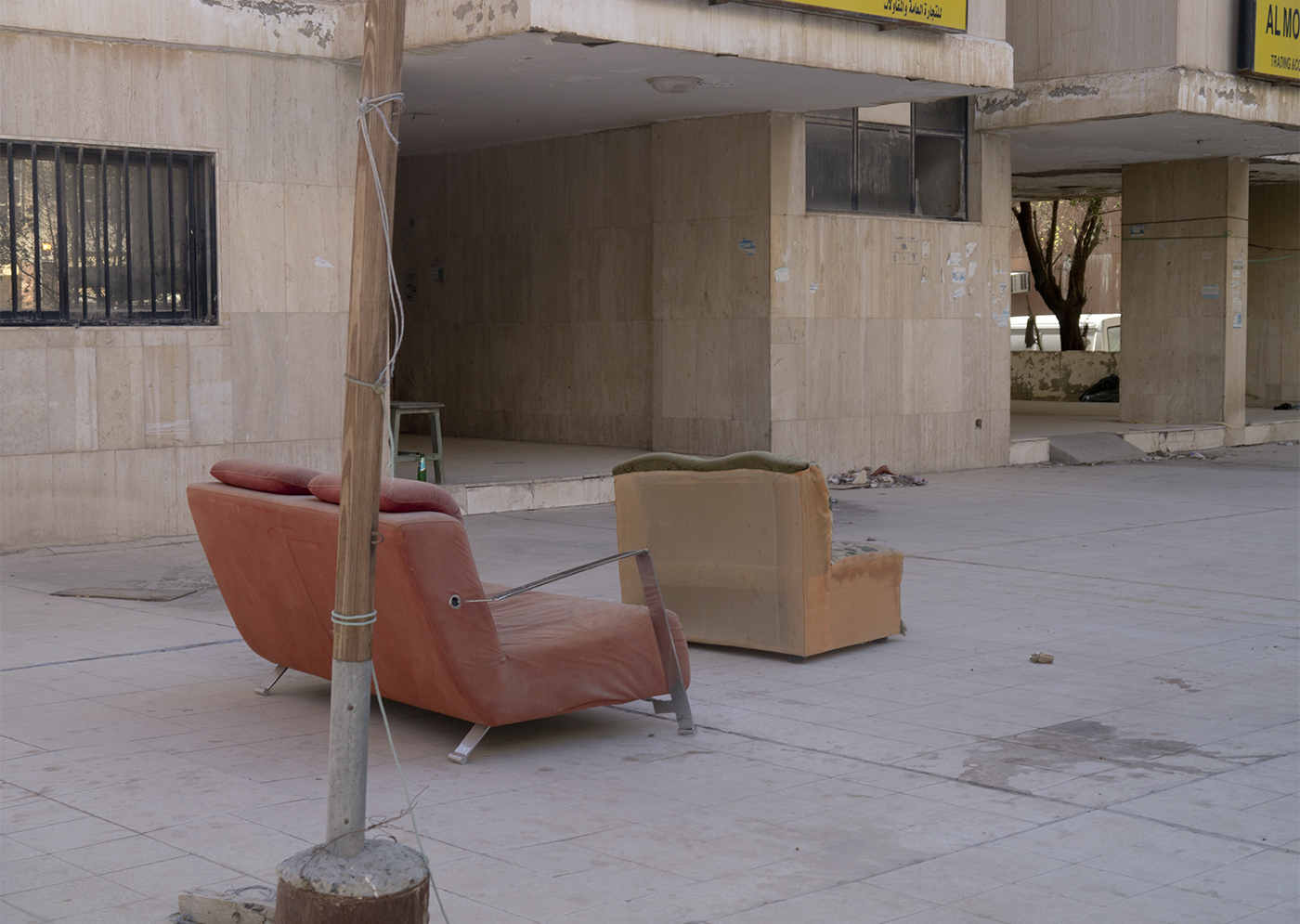About the Artist
I am a visual artist living in Toronto. For a number of years I have worked mainly in drawing and printmaking. My practice combines attentive observation and an environmental focus. But I have always taken photographs it seems. Much of my work is based on photos I have taken, recording the time spent and fixing the experience in my memory. Sometimes the photos document political interest and observations, a central and continuous part of what I bring to the conversation. For several decades I practised law in Ontario–human rights, immigration and family law being the foundation of my work. My interests are varied but almost always include being outdoors or music or being with a book or friends or family or time by myself.
About the Works
In 2016 I spent three weeks in Mahboula, 36 kilometres south of Kuwait City on the Persian Gulf. It was very hot, reaching 107 degrees F. According to Wikipedia, Mahboula was mostly uninhabited until 2013 when the Kuwait Oil Company announced expansion plans that quickly led to the development of housing for temporary migrant labourers. By 2016, tens of apartment buildings of dubious quality had been built with little regard for the environment or infrastructure. The apartments were very small (32 to 43 sq ft) and very expensive.
I was staying nearby and watched the life of the district from my window and went out for brief walks. Those inhabitants I saw were nearly all men from South Asian countries who were working in the oil fields as temporary labour. Hundreds of white buses and minivans transported them daily to their worksites very early in the morning. When not at work, men stayed indoors, attended prayers at the mosques, played football on the open uneven sand and rock, sat on discarded couches left outside, or hung out on the streets near the take-out food vendors and small shops.
The towers in Mahboula are uniquely utilitarian and the units cell-like. On the street I missed colour, street noise, signs of local culture, the presence of women. I hadn't understood then how very new the development was and thus how recently the migrant community had congregated. I was aware of feeling on the edge, the perimeter–at a periphery of some sort, whether cultural, economic or both.
